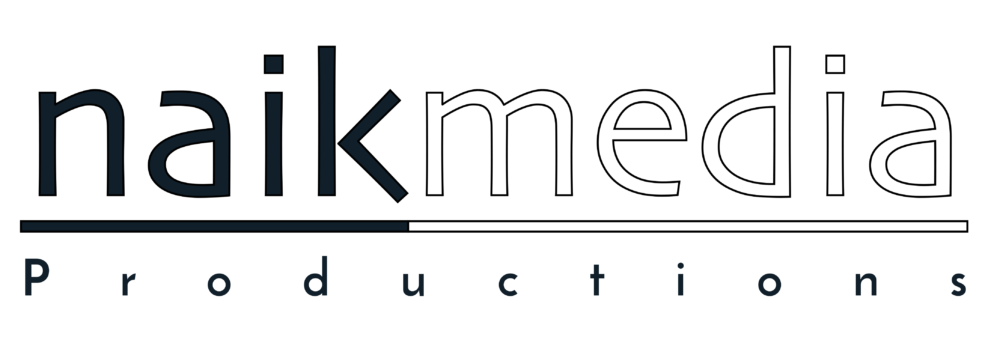Naik Media | North West Video Production – Do I need 4k?
Here’s a question our clients sometimes wonder: Do I need my video in 4K? The appeal of 4K video is undeniable – the footage looks amazingly sharp with 4 times the resolution of Full HD (1080p) and it’s the buzz word which all manufacturers are slapping on their latest hardware. Do you actually need it, however? That is another matter…

In an ideal world, yes, everything should be in 4K; we’d offer it to all our client’s as a standard and the option wouldn’t affect the price. Unfortunately, certain factors must be taken into account when considering 4K, and most of these have an adverse effect on the cost.
First, let’s look at the pros of 4K footage
- Resolution – did we already mention it’s 4 times better than full HD? We’ll say it again!
- Depth – The increased resolution makes the depth in every scene more realistic; it becomes more immersive: It comes to life.
- Colour – Colours are handled better on 4k displays so the images are clearer.
- Film-like – as the lowest resolution that film can be recaptured, it means we are catching up to classic cinema feel. It will be more immersive and cinematic than HD.
- Future-proofing – This is where we are going; at some stage in the future HD will be as obsolete as 576i (forgotten about that already, haven’t you…?).
It’s easy to see the appeal, but whenever our clients mention 4k, we have to bring up the following limitations that surround 4K video at this time:
- Cost – Yes we have the cameras to capture 4K video. Yes, the equipment costs the same per day as HD cameras. Yet there are underlying costs which must be considered for 4k, and this comes from the monstrous file sizes.For broadcast quality 4K, we are looking at a data rate of around 300 mb/s. This means that after 30 seconds of footage we have used 1 Gigabyte of storage. The cost of media cards which can capture this speed is still high (this cost always goes down as the technology becomes more the ‘norm’), so this increases the cost of filming.When this translates to the editing suite, we are looking at much greater storage requirements and slower editing times than HD.While the video itself is future-proof the content of the video itself may still go out of date. At this time, it will be a few years before 4k is more widespread, or rather, a household item. This brings us on to our next barrier…
- Who is watching it in 4k? – Before we even go into the costs with our client, we have to ask this question: how many of your customers will be viewing this in 4K?If your customers/viewers are watching this on their phone/youtube/facebook, then you don’t need 4K.If they’re watching it on an HD screen around your office building, then you don’t need 4K.If your video content will be obsolete or out of date within the next few years, then you don’t need 4K.
Will the footage be archived for future use later on down the line? Now we’re talking! Is the content going to be relevant for the foreseeable future? Let’s consider 4K! Viewers with 4K screens/cinema use…let’s go 4K! Survey videos…you get the idea.
For most of our customers the benefits of 4K do not compensate for the additional cost and time taken for delivery. For the time being at least; 1080p is the broadcast standard and is likely to remain such for good while.
Trust the production company you’re working with on your video project; they can guide you on the right track. Unless they’re an unscrupulous lot, they won’t sell 4K to you unless it’s something that might be worth considering.
If you’re as geeky as us about image quality and bitrates, then there might be no swaying you. In which case: Let’s get our 4K on!

